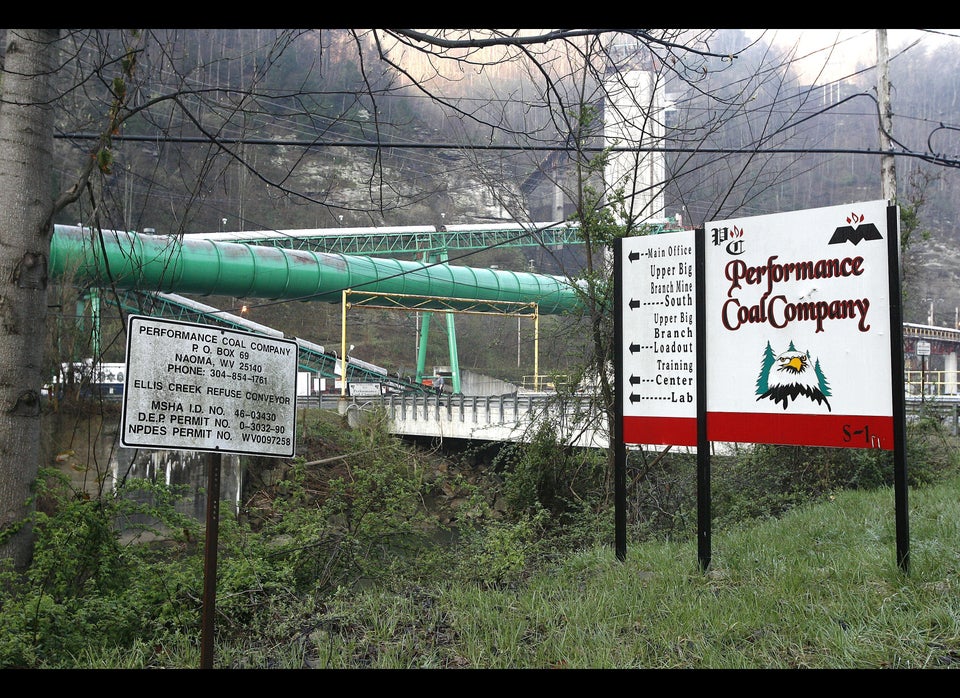
WASHINGTON -- Someday, a device known as the personal dust monitor could save coal miners a lot of misery.
The "PDM," as it's known in mining circles, can tell coal miners precisely how much coal dust they're breathing underground at a given moment. By helping moderate miners' exposure to this dangerous dust, public health experts believe the PDM will help scale back the prevalence of black lung disease, the debilitating respiratory illness that afflicts thousands of American miners.
The PDM has been ready for the market for years, and the federal agency that oversees mining safety has proposed making its use mandatory in American mines. Yet the device remains shelved, caught in a game of Washington politics that public-health advocates say is costing lives in coal country.
"We think it needs to be deployed," said Phil Smith, spokesman for the United Mine Workers of America (UMWA), the leading union for miners. "They are allowing a disease that we know kills people to continue."
The PDM, which was developed by Thermo Fisher Scientific, is now part of a regulatory proposal for coal mining that stretches back to the Clinton administration: to cut the threshold of allowable coal dust in a mine's atmosphere by half, from 2 milligrams per cubic meter to 1. The National Institute for Occupational Safety and Health (NIOSH) initially recommended lowering the limit back in the mid-90s, declaring the current regulations too weak to protect workers.
More than 15 years later, their recommendation remains just that. Meanwhile, incidences of black lung have resurged in many mining areas.
Nearly two years ago, the Mine Safety and Health Administration (MSHA) proposed lowering the coal-dust threshold while mandating the use of PDM's, a move cheered by safety advocates. But the prospect of lower limits -- combined with real-time readings showing just how bad the air is in some mines -- has drawn the opposition of mining companies.
The rules still have not gone to the White House for approval, and it appears unlikely the Obama administration will have the political will to take them up ahead of an election centered on jobs and the economy. A Mitt Romney administration would very likely shelve the regulations for good; the GOP presidential candidate has talked about the need to relax regulations on businesses, and he recently campaigned with Bob Murray, a coal baron and major GOP donor who happens to strongly oppose the black lung rule.
Given the politics at play, safety advocates worry that another window of opportunity may be closing.
"That’s what makes me sick to my stomach, thinking for 10 years we could have had that in place," said Celeste Monforton, who worked at MSHA at the end of the Clinton years and has blogged devotedly about the delay with the regulations. "If this rule, for political reasons, doesn’t move forward, then we have a whole generation of miners who will have been exposed to coal dust because people play politics with people's lives."
Miners develop black lung disease, known technically as pneumoconiosis, after years of breathing coal dust. Dust buildup within the lungs makes it difficult to breathe, leaving many miners to live out their retirements gasping for air. NIOSH estimates that around 10,000 miners died of black lung during a recent 10-year period, and that the disease has been the underlying or contributing cause in the deaths of 75,000 miners since 1968.
After a decline that started in the 1970s, black lung disease has seen a disturbing uptick in many pockets of coal country in the last 15 years or so. A recent analysis of data by NPR and the Center for Public Integrity found that "incidence of the disease ... doubled in the last decade." Experts surmise the problem has been exacerbated by new mining methods that add more silica dust to the coal dust already present in mine atmospheres. Eastern Kentucky, in particular, has been hard hit; the region tends to have smaller coal operators and weak union presence in the mines.
The long delay in lowering the dust limits has probably cost miners their lives, suggests a new report from the Government Accountability Office released Friday. The report found that the current levels put miners at "increased risk" of black lung, massive fibrosis and decreased lung function, while the proposed regulations "would reduce miners' risk of disease."
Although miners still aren't using PDMs, MSHA has solicited some of the devices for its own inspectors. MSHA spokeswoman Amy Louviere declined to comment on the delay, except to say that the agency is still "working on the rule." Thermo Fisher, the manufacturer of the PDMs, declined to comment.
While the new rules have sat with MSHA, House Republicans have tried to block them from going into effect. Last month, GOP members of the House appropriations committee inserted language in a budget bill that would defund any efforts by MSHA to implement the new coal dust standards. One of the biggest opponents of the new rules has been Rep. Denny Rehberg (R), the Montana congressman who's running for Senate and relies heavily on donations from oil, gas and mining interests.
Given the long delay, Sen. Jay Rockefeller (D-W.Va.) has introduced a broad mining reform bill that would force MSHA to roll out the new regulation within six months. On Friday, Rockefeller issued a statement calling the lower limit and the use of the PDM "long overdue." "We must act now before we lose more West Virginia coal miners to this disease," Rockefeller said.
The coal industry's leading trade group, the National Mining Association, has urged MSHA to scrap the rule. Bruce Waltzman, senior vice president, told HuffPost in an email that there are "flaws in the science." The NMA wants the agency to withdraw the rule, conduct an independent peer review and "bring all the stakeholders together to discuss how best to reduce the incidence of coal workers pneumoconiosis." Waltzman noted that the NMA has supported the development of the PDM, though he added that the lobby will support its introduction "once proven to be reliable and mine-worthy."
Coal safety expert Davitt McAteer headed up MSHA when the agency tried to implement new coal dust regulations at the end of the Clinton administration. McAteer told HuffPost that the agency faced opposition from both the industry and the UMWA. As the Charleston Gazette's Ken Ward Jr., recently reported, the union at the time felt the new rule wasn't strong enough, and the Clinton White House never finalized it.
As a result, the same coal dust testing system has remained in place for decades, leaving the coal operators themselves to conduct sampling -- a scenario McAteer compares to the proverbial fox guarding the hen house. Given the looming election, McAteer doesn't expect the rule to be finalized and approved by the White House anytime soon. The White House has been skittish on moving ahead with workplace safety regulations that business groups decry as unnecessary, and miners have little in the way of political capital when compared to the coal lobby.
"I expect it won't happen, and if Obama does win a second term, will he use up the chit on this?" McAteer said. "I think the sad thing is, you’ve seen a disease that is utterly preventable reemerge as a health crisis in an industry that is just unwilling to take it on, and is prepared to sacrifice miners' lives for the sake of just keeping the regulations at bay."
The UMWA supports the proposal, but with a caveat. According to an agreement it signed with the Bituminous Coal Operators Association, the industry group that negotiates with the union, the UMWA wants the coal dust limits implemented on a per-week, rather than a per-shift, basis. In essence, this would allow a worker who didn't breathe much coal dust on Monday to breathe more on Tuesday.
Smith, the UMWA spokesman, said the union is just looking out for its members. He said they worry that a miner who's hit his or her exposure limit could end up being temporarily bumped to a lower-paying position elsewhere in the mine. "We're not in favor of putting them at risk, but at same time we want to see them get the pay they earn," Smith said.
Until MSHA moves forward with the rule and the White House approves it, such concerns are just preliminary. In the meantime, regulators can weigh the concerns submitted by stakeholders during the public-comment period, including one from Ronald Martin, a miner from Knott County, Ky.
"I'm in last stage of Black Lung," Martin wrote in his own hand. "Please help the miners so they wont suffer like I'm suffer [sic]. I can't breath but little. God help everyone. Please."

